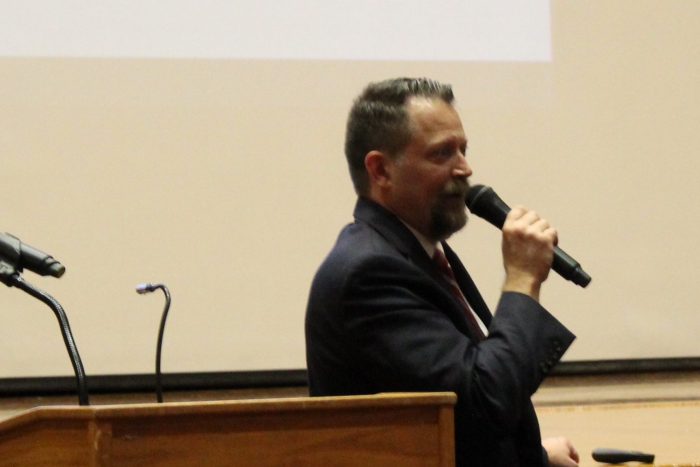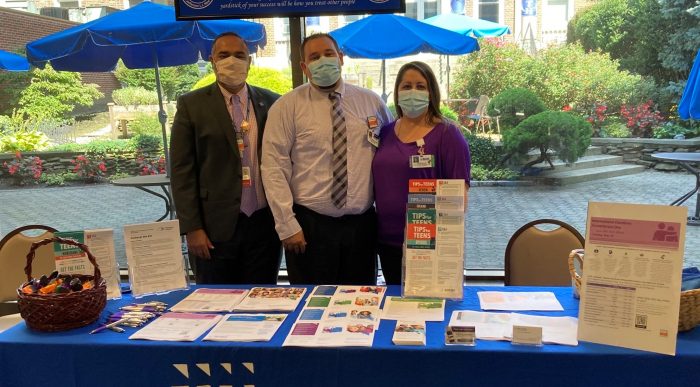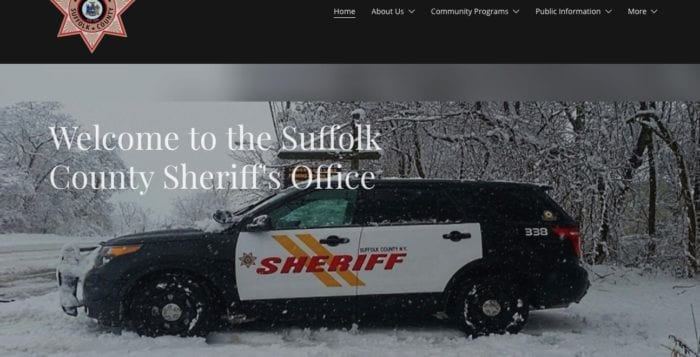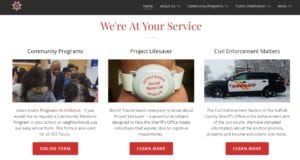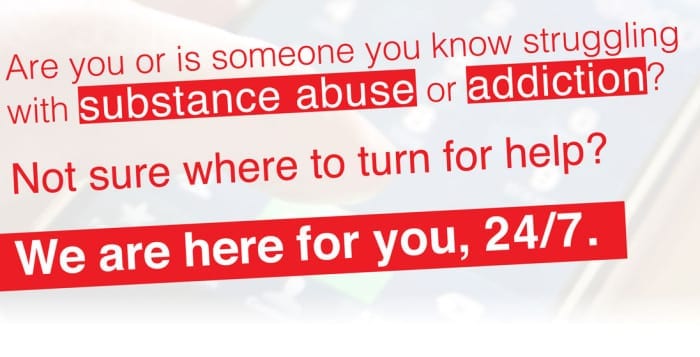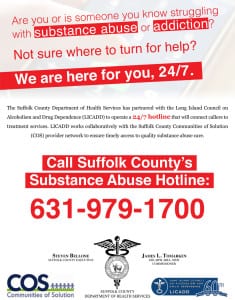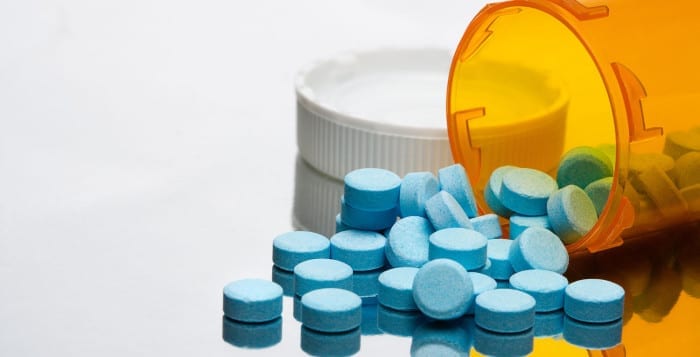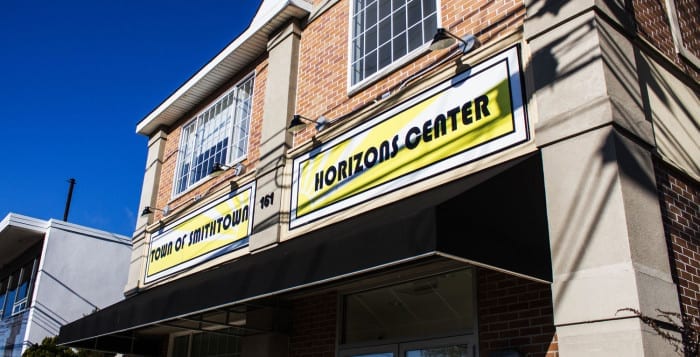Despite the pouring rain outside, dozens of locals gathered at Mount Sinai High School on Thursday, Oct. 13, for an educational forum on substance misuse prevention.
Hosted by Suffolk County Legislator Sarah Anker (D-Mount Sinai), who chairs the county’s addiction prevention and support advisory panel, the event brought together various entities. In her presentation, Anker emphasized the outsized rate of drug-related fatalities in the area.
“Right now, the town of Brookhaven has the highest number of opioid deaths in Suffolk County — one of the highest in the state — and we have to do more,” she said. The legislator added, referring to the county government, “We’re trying, but it’s really up to the community. It’s up to the parents, kids and peers to do more and get us in a better place.”
Anker highlighted the need for drug addiction and prevention workshops, stating that these provide an outlet for community members to better prepare themselves in case of an emergency. She also noted that drug education has evolved in recent years, addressing victims’ needs rather than creating stigma.
The county’s DASH [diagnostic, assessment and stabilization hub] program was cited by her as a model for responsible drug intervention. “When people overdose, they go to an emergency [room] at Stony Brook or Mather or St. Charles or one of the hospitals here in Suffolk County, but what do you do after?” Anker said. “Before, they would just go home or go somewhere. There would be no support, no direction. Now there is.” She added, “New York State is taking that example and making more throughout the state.”
Also present at this community forum was Town of Brookhaven Councilmember Jonathan Kornreich (D-Stony Brook), chair of the town’s Drug Prevention Coalition. He considered the coalition a valuable public resource for Brookhaven residents.
“That’s a model of getting the school districts involved, of all kinds of community organizations from a grassroots level, so that we can really get down to that family level,” he said. For Kornreich, the goal of the coalition is to “be accessible and get people connected to the services they need and bring prevention programs to schools … so that we can break that cycle of use and abuse before it starts.”
Another essential component of the forum was its presentations on drug awareness. Among the speakers throughout the night was Mark Murray, chief of the narcotics bureau for the Suffolk County District Attorney’s Office.
Murray delivered a detailed presentation on the dangers of fentanyl, which he said has become increasingly problematic for county communities.
“Since 2016 here in Suffolk, fentanyl has viciously made its mark,” he said. “We have easily averaged over 300 fatal overdoses a year here in Suffolk, due primarily to the presence of fentanyl.”
Murray characterized fentanyl as a highly potent substance, requiring just “a grain or two” to deliver a lethal dose. According to the narcotics chief, fentanyl is found in nearly every drug on the black market.
“Fentanyl is popular, it’s addictive — and there’s no such thing as a scrupulous drug dealer,” he said.
Given the frequency of fentanyl-related overdoses in Suffolk, Murray stressed the importance of the Good Samaritan Law. This New York State statute protects victims and witnesses of overdose events.
“It covers a witness or a victim of any medical episode — but more specifically a drug or alcohol overdose — who decides to call 911 either for themselves or that third person,” he said. “It’s not a trick. It’s statutory. It was codified by the state because they wanted to encourage people to realize the importance of the situation and to pick up the phone, call and get help.”
Following the presentations from Murray and other speakers, attendees were given training instructions in naloxone.
To learn more about the addiction resources, including emergency hotline numbers, visit the Long Island Addiction Resource Center website: longislandaddictionresourcecenter.org.

